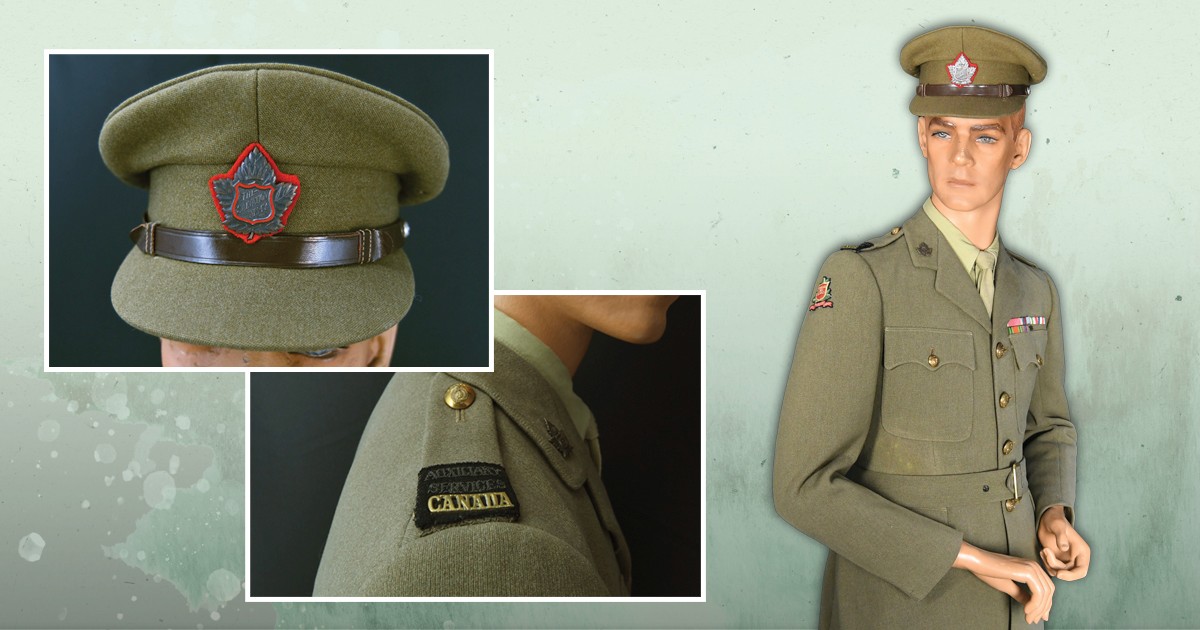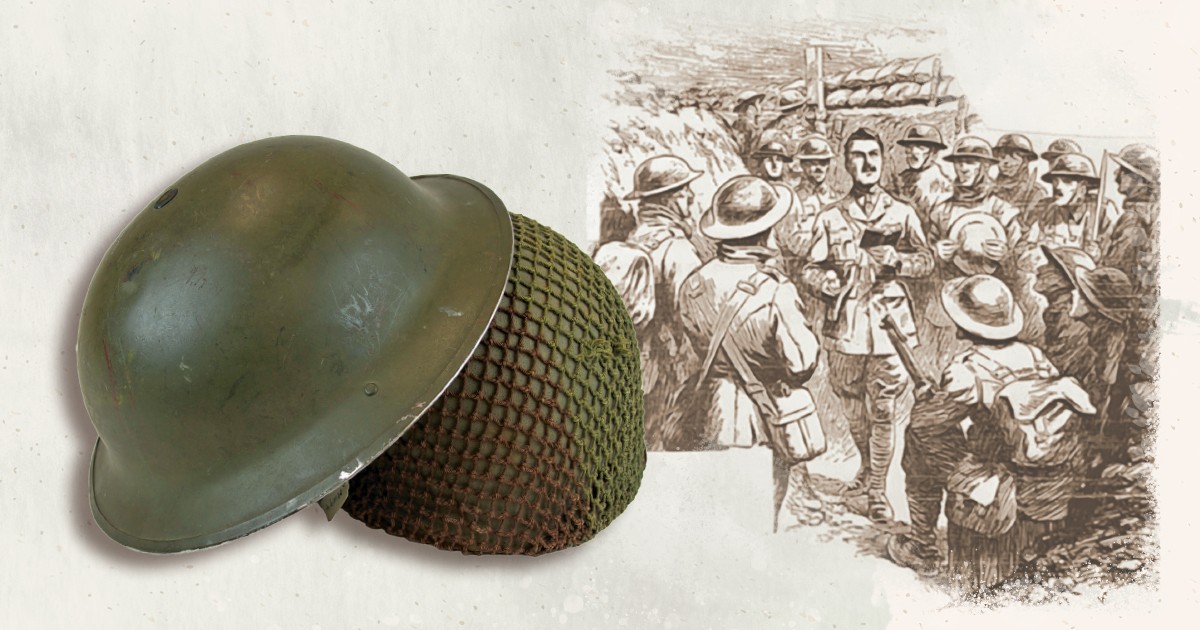Living History is an ongoing series showcasing just a small assortment of the more than 350,000 items housed at The Salvation Army Heritage Centre in Toronto. This month, we are spotlighting the uniform of Paul Willison, a Salvationist who went overseas during the Second World War.
Paul Willison was a lifelong Salvationist and the son of Salvationist parents, Corps Sergeant-Major Rupert and Alice Willison. He was a member of the East Toronto Corps and the Ontario Reservist Band. Prior to the Second World War, Willison played in the band at Toronto’s Dovercourt Corps.
Following the outbreak of war in 1939, The Salvation Army was quick to respond to the physical, emotional and spiritual needs of Canada’s military personnel. Alf Steele, the first Red Shield director, went overseas in December of that year and established a Red Shield headquarters in London, England. Within a month, five additional supervisors had joined him, one of whom was Willison.
Salvation Army supervisors dispensed Red Shield services to the troops. The Salvation Army selected these men for their resourcefulness, initiative, moral conduct and good physical condition. Overseas, supervisors’ jobs varied according to the theatre of operations and the individual service to which they were attached. Their responsibilities included screening films, establishing canteens, organizing recreational activities, such as concerts or sporting events, providing reading material and stationery, comforting the wounded, or even helping bury the dead. In short, they did whatever was necessary to help maintain military morale. The Salvation Army instructed its supervisors to “care for the body, mind and soul of every service person irrespective of creed or personality.” As Salvation Army historian Scott Young has written, The Salvation Army “provided the reassuring link between the fighting man and his world of peace and kindness and sanity.”
During the Second World War, Willison had many responsibilities as a supervisor. He managed numerous leave centres for Canadian troops serving in Italy, including the Grand Hotel in Riccione, the Beaver Club in Campobasso and the Monastery Inn in Ortona, as well as the Canadian Officers’ Club in Paris. In a digitized audio tape of Willison in the Heritage Centre’s collection, he details his work as a supervisor (Listen: soundcloud.com/salvation-army-cab/willison-paul).
Willison spent four years overseas in service to Canada’s fighting forces. He was awarded the bronze oak leaf for being mentioned in dispatches and he was also inducted as a Member of the Order of the British Empire. The order was created mainly to award non-combatant services to the war, and he was recommended by Lt. General C. Foulkes, commander of the 1st Canadian Corps in Italy.
After returning home following the war, Willison owned a successful Chrysler dealership in Toronto and continued to be an active Salvationist, making numerous monetary and instrument donations. He also commissioned a painting of the life and work of General Clarence Wiseman by Thomas McNeely for the Canadian Army’s centenary year in 1982.
Photos: Camilo Mejia
This story is from:










I found the article on Paul Willison very interesting as my father also served overseas as a supervisor with Paul Willison. I also was a soldier (Jr. Soldier and Sr. Soldier) at East Toronto Citadel for over 30 years from 1953 and was aware of Paul's generosity. However, I never met him or was aware of any involvement he may have had in the corps. To my regret I had often thought of contacting him if only to thank him for the instruments he donated over several years,(I was a bandsman), but never did. I would also have liked to speak to him regarding any memories he may have had of my father.
Thank you for printing this article. It's probably long over due but perhaps never too late to remind us of our heritage and of those who have gone before us to make the world a better place.